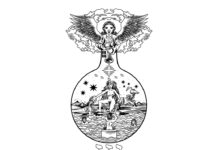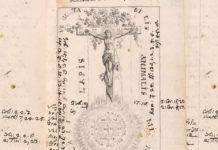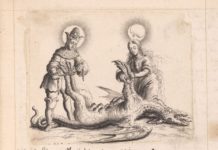Define Your Tradition to Define Your Order
Welcome friends and new readers.
As many of you are now aware this blog presents the Reviews of the Rosicrucian Orders.
In the process of reviewing the Orders we first had to examine what really is Rosicrucian and what is NOT. Ruffling a few feathers, I make no apologies to the older types who drop names of their ‘friends in places,’ nor the ignorant who failed to look deeper.
Since writing this blog somehow people in ‘authoritative’ masonic positions strangely thought that by dropping names I might stop what I’m doing or suddenly conform to long held (and boring) beliefs about the Rosicrucian tradition.
 Shock horror; I didn’t come ‘down to break the temple’ but let’s face it, as research sheds more light on the what really happened in relation to the manifestos we shall, I believe, improve our understanding of the Rosicrucian mystery as we uncover more.
Shock horror; I didn’t come ‘down to break the temple’ but let’s face it, as research sheds more light on the what really happened in relation to the manifestos we shall, I believe, improve our understanding of the Rosicrucian mystery as we uncover more.
The keys to the Rosicrucian mystery are not locked away in some hidden masonic vault.
They are right there in front of your eyes, for all to see, should you delve deeper into the Rosicrucian manifestos and truly squeeze out their divine sap of immortality.
Another more entertaining ‘stop what you are doing’ person is the ‘you are exposing our secrets’ type. Nothing presented here reveals anything you cannot easily find through research or by referring to online papers. In fact my dear friend Milko Boogard has written a far more extensive history than I. Where he wrote on history I have merely highlighted the elements I deem to be ‘Rosicrucian or not’ in the reviews.
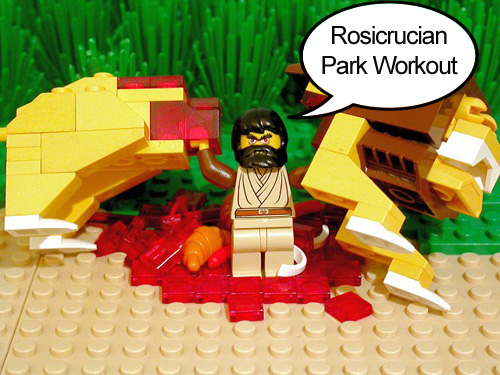 I guess THAT is the part that annoys people.
I guess THAT is the part that annoys people.
The third type that strongly disagrees are the ones who simply haven’t looked deeper. Normally they have either read monographs alone, or have read the works of some Rosicrucian thought leader of the late 1800’s to the early 1900’s. In both cases they have not bothered reading the original founding documents of the Rosicrucians.
Nor the important documents that shaped those manifestos.
Forgive me for harping on, but…
You need to read, and re-read the Rosicrucian manifestos.
They are:
- The Reformation of the Whole Wide World by Order of Apollo
- The Fama Fraternitatis
- The Confessio
- The Chemical Wedding of Christian Rosenkreuz
- The Mirror of Wisdom of the Rosy Cross
- The Pegasus of the Firmament

Study everything in relation to them and we’re on the same page.
They are the founding documents that are said to be by the original Rosicrucians, or at least the first one, the Apollo, was drawn from by Rosicrucians as well.
Before reviewing the Rosicrucian Orders we have carefully studied their contents and realized a few interesting things. Some of those things disturbed people J
The most disturbing was that we uncovered some naughty truths.
Most Rosicrucian Orders have glaring holes in them when compared to the original tradition. Ouch. But, this also presents an opportunity to better align to our roots.
For some it has been disturbing that this blog revealed how Rosicrucian tradition is not as purely Christian as some would have it. Such Rosicrucians are lopsided Christians and I believe do not delve deeply enough into the Hermetic symbols.
On the other hand there are also Rosicrucian Orders that ignored the Christ mystery altogether. As far as the Pillars of the Tradition go this completely wipes them out as being Rosicrucian all but in name. Yikes, there are a few of them!
Bear in mind I was that annoying sibling who loved to poke at bruises.
Alas, I am probably guilty of having my own lopsided bent, in that I highlight the Hermetic currents in the Rosicrucian mystery more than most. But this is needed.
Recently I even went so far to say that there is a Hermetic godform layer to the manifestos, that was started by Bruno, where he conceived of an assembly of the gods after an ancient Hermetic prophecy, whereby the gods proclaimed a reformation of our degraded civilization, and that in fact it was Christian Rosicrucians who materialized their work. The intention was of the gods above, but the work was carried out by Christians in Europe, operating on the material plane, doing as Isis & Zeus willed.
This gives rise to an important question, then:
So What Were The Early Rosicrucian Branches?
Susanna Akermann in her ‘Rose Cross Over the Baltic’ describes the branches saying ‘It is useful to divide the Rosicrucian tradition into three distinct branches, each taking its own direction.’ We need to look at these because the Martinist Order falls into the scheme of things here, and because I think her list is somewhat incomplete.
Akermann’s three branches of the R.C are:
- A mysticism depending upon the Protestant Reformation. It is primarily represented in Andrea’s work Christianopolis, describing a Christian utopia. She shows that it is a conscious attempt to establish a Lutheran regeneration of culture as opposed to the occult Rosicrucians. The Pietists continued this branch.
- An interpretation colored by the Theosophy of Jacob Boehme and Joachimist millenaries, as represented in the Naometria of Studion. Essentially these guys believe in complex numbers, dates, end of times, second coming of Christ etc. The Joachimist continued this branch. We’ll all burn baby burn.
- An interpretation based on Paracelsus aligned to planetary, magic and talisman magic as drawn from Arabic-Latin doctrines of occultism. It includes occult devices and occult diagrams, and is often connected with other forms of occultism such as Hermetic lore or Pythagorean connection from Maier.
Of these three branches we might say that several masonic Rosicrucian movements are connected to the first branch, the Martinist to the second and the Golden Dawn to the third. In fact Jan Lead strikes me as the strongest author of the second branch.
The interesting thing is that Martinism is connected to all three, seeing that Martinism is more than just Saint Martin. The Martinist Order certainly is Christian in the first instance, Theosophic in the second and uses some occult devices like the third. However I do not believe it is at all millenarian, not being concerned with the second coming.
But, I believe there is something majorly wrong here with Akermann’s list.
What strikes me as missing is the vein of Bruno and the Hermetic Italians.
Akermann clearly knows more than me, but everyone seems to be ignoring this.
(For those who don’t know who Bruno is see my post ‘Gods Above the Rosicrucian Tomb’ where I describe the importance of this brilliant man.)
The Fathers of the Rosicrucians Were Hermetic Italians
Akermann’s work is brilliant. But, let’s face it, Bruno and a few of his Italians are largely ignored in shaping the tradition. There is no mention of this Hermetic Rosicrucian vein at an early period, and Orders like the Golden Dawn are considered a new animal.
Nothing could be further from the truth. There is a forth branch and its Hermetic.
It’s not new, and didn’t start with the G.D. It started even before the Fama.
Starting with the final Rosicrucian manifesto was the Pegasus of the Firmament, and it was named after Bruno’s tract where he describes the transformation of an mule into a Pegasus which is charged with watching over the mountain of Apollo.
Bruno’s Pegasus is not in this world. It is in the Firmament, in a reality between heaven and earth, forever standing guard waiting for Apollo to call it for a new day.
That is how the final R.C manifesto got its name ‘Pegasus of the Firmament’ 1618.
The Reformation of Apollo document is that new day, written in Italy 1612.
Surprise, surprise! It was actually based on an earlier Bruno tract whereby the gods had agreed to reform the world and regenerate humanity with the Light of Egypt, the gods sent forth Apollo to commence the initiation of the new age.
There the tract ends. The Reformation of the World by Apollo document is an extension of this, and the Fama of the Rosicrucians is an extension of the Apollo document.
That is why the Fama and the Apollo document were published together in Germany.
We have not even mentioned the relationship between the tomb of CRC and Bruno’s mystical talisman of the seven lights about the Copernican sun.
This model was his vision for the City of the Sun, in which the gods would appear, and the Rosicrucian Tomb of CRC was envisioned in mirror of this, being in fact a talisman towards its manifestation in future. Several Italian utopian works used the same design.
Lastly, the Chemical Wedding itself is a continuation of another Italian work titled ‘Hypnerotomachia Poliphili,’ which like the Wedding manifesto leads the reader towards the mystery of the goddess Venus. Actually they both describe the same mystical door, take the hero through a similar journey and are concerned with a mystical wedding.
But the was published in 1499. Pictured to the right, again it is Italian and Hermetic.
A striking symbol in the Hypnerotomachia is that of the Elephant and the Obelisk.
Anyone aware of planetary magic will tell you that the elephant is the Cabalistic animal of Venus. The obelisk is strikingly phallic… We are reminded of the sword and the grail symbols which appear in the Trinosophia, as well as the hidden Rosicrucian teaching concerning the three-sided Shekinah altar as used by Rosicrucians.
More importnantly,
The temple of Venus in the Hypnerotomachia is described as having seven pillars. If we look to the final R.C manifesto, being the Pegasus of the Firmament, we find that this treatise now describes how these seven pillars shall be established.
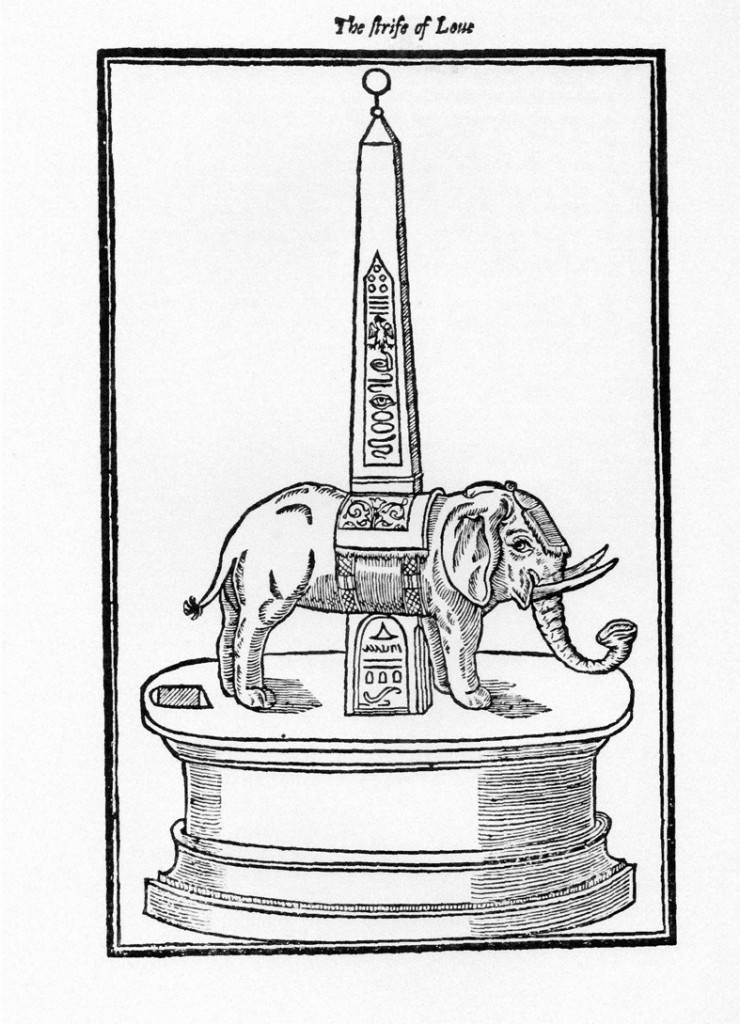 Thus there is a whole Hermetic story that has been forgotten here. Until now.
Thus there is a whole Hermetic story that has been forgotten here. Until now.
Upsetting for some… Neither Apollo nor Venus are very Christian after all.
They are Hermetic, and the Rosicrucian manifestos, although Christian on their surface, are a part of a greater scheme which has very clear Hermetic intentions.
On top of that there is also the matter of Pansophy.
Akermann also points out that several early Rosicrucian admirers saw Rosicrucianism as an offshoot/sub-branch of Pansophy which to them was a more extensive subject. Many scholars see Pansophy as a Hermetic twin or Pagan personification of Theosophy.
Like the manifestos, Pansophy begins in Italy, using the same designs as Bruno.
Thus, the point I am making here is that in addition to the above three branches of the early Rosicrucians; ultimately there must also be a forth branch.
The fourth branch of the early Rosicrucians is strictly Hermetic.
It is rooted in Italian Hermetic-Neo-Platonism. And Bruno is its greatest exponent.
Establishing the Bruno Branch of the R.C
This brings me to the following idea. It’s just a notion for now as it continues to develop.
But I think Bruno deserves more credit. The poor guy was even burnt at the stake.
Today there are several kinds of R.C Orders out there. There are Christian ones, and there are occulty ones and Martinism represents the best branch of Theosophy.
But, there are no branches today that truly represent Bruno’s vein, taking into account the full picture as drawn from earlier Italian romantic visionary documents.
I feel he is extremely under-presented.
As are the influences of the Italian works playing into the manifestos.
If one was to explore this line of thinking, then to study the manifestos is not just to study the Rosicrucian documents published in Germany, but also to look at, for example, the Hypnerotomachia, consider what mystery of Venus lies there, and in understanding this source fully we actually understand the Chemical Wedding of CRC far better.
This is one of the directions I am headed towards in my own Mystica Aeterna.
For Golden Dawners it also validates some of their work. However like the Martinist Order there is little or no mention of worldly reformation, cultural regeneration or a better time for humankind. Martinism has some elements of that, but nowhere near what it should to represent the full scope of Rosicrucianism.
Where Bruno embraces Pansophy and utopian thought it would indeed be a mistake to believe the Golden Dawn represents his vein merely by being Hermetic. Nothing is also mentioned of new science, higher education, nor the regeneration of our minds through the liberal arts from the children of Apollo. The G.D like many also falls short.
After all, Pansophy is at once Hermetic and also Utopian.
Without the Utopian aspect it still wouldn’t be Rosicrucian.
(See my post where I show that Pansophy was mentioned in the original manifestos.)
Today’s post was just some food for thought.
From your friend and apparent tormentor,
Samuel Robinson.
P.S Upcoming Post:
- Final Part to the Martinist Order Review.
- Review of Amorc’s ‘New Chemical Wedding.’

